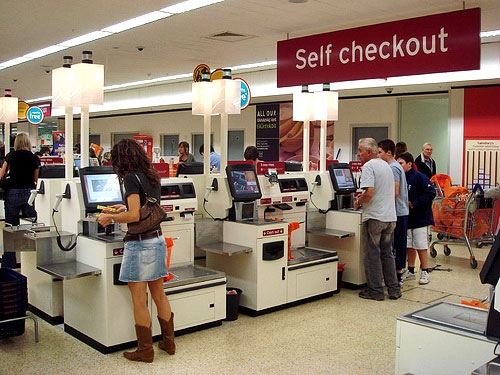Wednesday, May 15, 2013
Wednesday, May 8, 2013
Payment gateway - Part 2
Hi people,
So moving on to the part 2 of the payment gateway stuff, I
would like to discuss on
- Shopping cart
- Security
- Card Security
SHOPPING CART:
It is like the skeleton of
ecommerce website. Shopping cart is a software which helps you arrange your
products in the website and list them.
People can choose the required items and
once when the click on CHECK OUT. The shopping cart will contain all items they
ordered for and will display the total value of the purchased items.
Given below is shopping cart provider to name a few.
- Magento
- Bigcommerce
- OS commerce
- Zen cart
Cloud Based shopping carts (Hosted online)
- Go magento
- Ecorner
- 3D cart
How will a shopping cart help a merchant?
It helps the merchant to be organized; it paves him the way
to make his online store layout neat and attractive. At the end of the day, the
merchant can download a shopping cart report to find a list of orders and its
details on who has order, what are the items, payment status, transaction id
and etc. This makes his job, less tedious and organised.
CHECK OUT:
 It is the action to be triggered by the user once he/she
feels that the purchase is done. It is typically like a customer in a brick and
mortar super market getting a cart and getting the required products and
walking to the cash counter. So here in an ecommerce website the CHECK OUT
button indicates the end of purchase and directs you to the payment page.
It is the action to be triggered by the user once he/she
feels that the purchase is done. It is typically like a customer in a brick and
mortar super market getting a cart and getting the required products and
walking to the cash counter. So here in an ecommerce website the CHECK OUT
button indicates the end of purchase and directs you to the payment page.
Once the CHECKOUT button is clicked it will direct you to
the payment gateway were you can furnish your card details and make payments
against the bill.
Here if you notice the web address will turn to https: and a
green coloured padlock appears, which indicates that the link has switched to
ssl secured.
What is SSL?
- SSL is Secure Sockets Layer
- It is the standard security technology for establishing an encrypted link between a web server and a browser. It ensures the data transferred between them remains private and safe.
- You can even see google and facebook using ssl as their address appears in https:// and the padlock icon is viewable.
CARD SECURITY
Most people hesitate to buy online is because of fear of
losing personal information and car holder data online. But the payment card
industry has come up with the certification called PCI:DSS every merchant who
saves or gets the card holders data must be PCI:DSS secured. PCI: DSS expands
to PAYMENT CARD INDUSTRY: DATA SECURITY STANDARDS. It comprises of 7 parameters
to be satisfied by every merchant or payment processor.
So when you buy online make sure the merchants site and the
payment gateway are SSL secured and
PCI:DSS certified.
Here are few things to note on your credit or debit cards.
- Your card will have 16 digits as it card number.
- If the card number begins with 3 its AMEX CARD
- If the card number begins with 4 its VISA CARD
- If the card number begins with 5 its MASTER CARD
- If the card number begins with 6 its DISCOVER CARD
- The first digit should always match with the card brand.
- The first four digits will be embossed just below the first four digits. Check if the first four digits and the embossed digits are the same.
- Hologram.
- And CVV is CARD VERIFICATION VALUE is the number you find behind your card. It is used for second level authentication during payments. CVV will be 3 digits.
- In India RBI is requests people to enable 3-D secured password for a 3rd level authentication during payment processing.
Hope you would have got the required insights.
Thank you :)
Subscribe to:
Comments (Atom)






